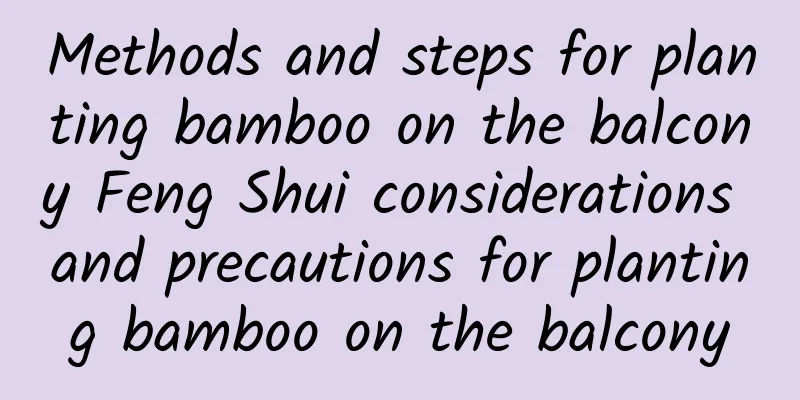How to fertilize Begonia chinensis

1. Add basal fertilizer when plantingWhen planting flower seedlings, or when flower lovers are changing pots, they should add an appropriate amount of base fertilizer to the soil. This can ensure that the seedlings or newly planted plants have sufficient nutrients and can grow quickly. The best basic fertilizers are animal manure, fish bone meal, etc. Some friends also put cooked soybeans at the bottom of the flower pot and use them as supplementary base fertilizer. 2. Fertilize frequently during the growing periodDuring the growth period of the bamboo begonia, a large amount of nutrients are needed. If the nutrients are not supplied during this time, it will affect the growth of the plant, so frequent fertilization is required. When watering, we can add more diluted bean cake water to the water. Apply organic fertilizer once every week or so. The simpler way is to sprinkle diluted organic fertilizer on the leaves. 3. Apply more phosphorus and potassium fertilizers during the bud formation periodIf you want the flowers to bloom densely and brightly, the role of phosphorus fertilizer cannot be underestimated. Phosphorus can make the colors of flowers more vivid and the fruits firmer and fuller. Rice bran, chicken manure, and bone meal can all be used as phosphorus fertilizers. Potassium is an element that can make the roots of flowers stronger, reduce pests and diseases, and make the flowers more fragrant. There is a lot of potassium in wood ash, and it is relatively easy to obtain. Of course, for friends who raise crops at home, you can also choose to add some low-concentration organic fertilizer when watering, which is convenient and hygienic. It should be noted that fertilization should be stopped when the plant is about to bloom. 4. Do not fertilize during dormancyFertilizing the bamboo begonia should be stopped during the flowering period and the winter dormancy period. At this time, not so many nutrients are needed, and the early nutrient reserves are sufficient. The root system of the plant grows slowly. If you continue to apply fertilizer, it may result in too much fertilizer for the roots to absorb, and eventually the roots will rot. |
<<: How to dwarf the bamboo-leaf begonia
>>: How to make the white flower pine succulent bloom
Recommend
Disease control of sweet pepper
Black spot This disease does not manifest itself ...
Can a green radish survive in hydroponics?
1. Can you survive? It has a relatively strong vi...
The efficacy and function of Thousand Buddha Hands
Suitable for viewing Just by hearing the name you...
Which plants are not suitable for indoor placement?
Plants with thorns are not suitable for indoor pl...
Cucumber planting time and method
Cucumber planting time The best time to plant cuc...
How to store tomatoes? How many days can tomatoes be stored?
1. Storage method 1. Refrigeration method: Clean ...
The four seasons change, and the succulents are very different in season
Spring (March to May) During the year, most succu...
Does Begonia like water? Is it a water-loving plant?
Do Begonias like water? Begonia likes water and i...
What to do if the leaves of Chinese evergreen fall off
1. Moisture problem (1) Specific reasons: This is...
Breeding methods and precautions for black rabbit ears
1. Maintenance methods 1. Temperature: It has str...
How to Plant a Papaya Tree
1. Harvesting seeds Papaya fruit matures from Aug...
The difference between Geranium serrata and Geranium serratum
1. Difference of blades The leaves of Geranium ar...
When do grapes ripen?
1. Time to mature There are many varieties of gra...
How to grow aloe vera
1. Choose the soil When planting aloe vera, do no...
How to eat Elaeagnus angustifolia
Several ways to eat Direct consumption Put the dr...









